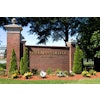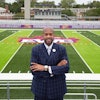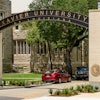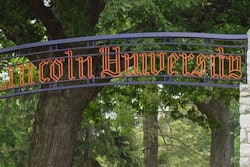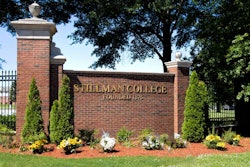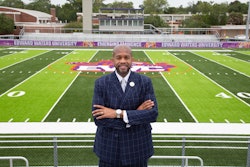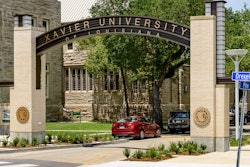Cheyney University of Pennsylvania, founded in 1837, is recognized as the nation’s oldest historically Black institution of higher education, or HBCU. Harvard University, founded in 1636, is the U.S.’s oldest institution of higher education.
Both institutions were pioneers of educational change. Yet, these institutions are not viewed with the same level of prestige. Why? What separates these institutions?
Most notably, one institution is historically Black in its history. In a 2017 White House listening session, Vice President Mike Pence stated: “You [HBCUs] deserve far more credit than you actually get… the indisputable conclusion is that [HBCUs] have played a major role, not only in the African-American community, but in the life of the nation, and the life of the nation’s economy.”
A figurative Black and White divide shapes the United States, which consequently shapes education in the nation. The racial divide – supported by government policies, local practice, laws and statutes – influence at all levels where Americans live, how Americans worship and how Americans are educated.
In 2013, Frank Brogan, former chancellor of Pennsylvania State System of Higher Education, asked: “If kids of color can go anywhere, why are they choosing Cheyney University?” The answer is embedded in the racial heritage of the nation, though some would rather ignore it. However, to ignore the racial heritage of America, or the current climate of race in the nation, means that you cannot have an informed conversation about HBCUs, past or present.
As a Cheyney alumna, this is my open letter to Brogan and to all who are curious about why kids of color still choose Cheyney.
My educational journey began in the 1990s, when the desegregation and integration of Philadelphia public schools were on the agenda of former Superintendent Constance E. Clayton. I can remember being one of only 12 Black students in my elementary school until the school was forced to integrate via mandatory busing.

